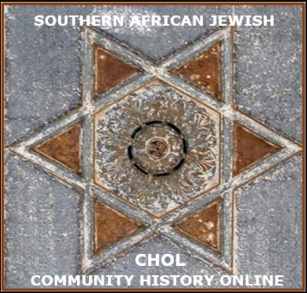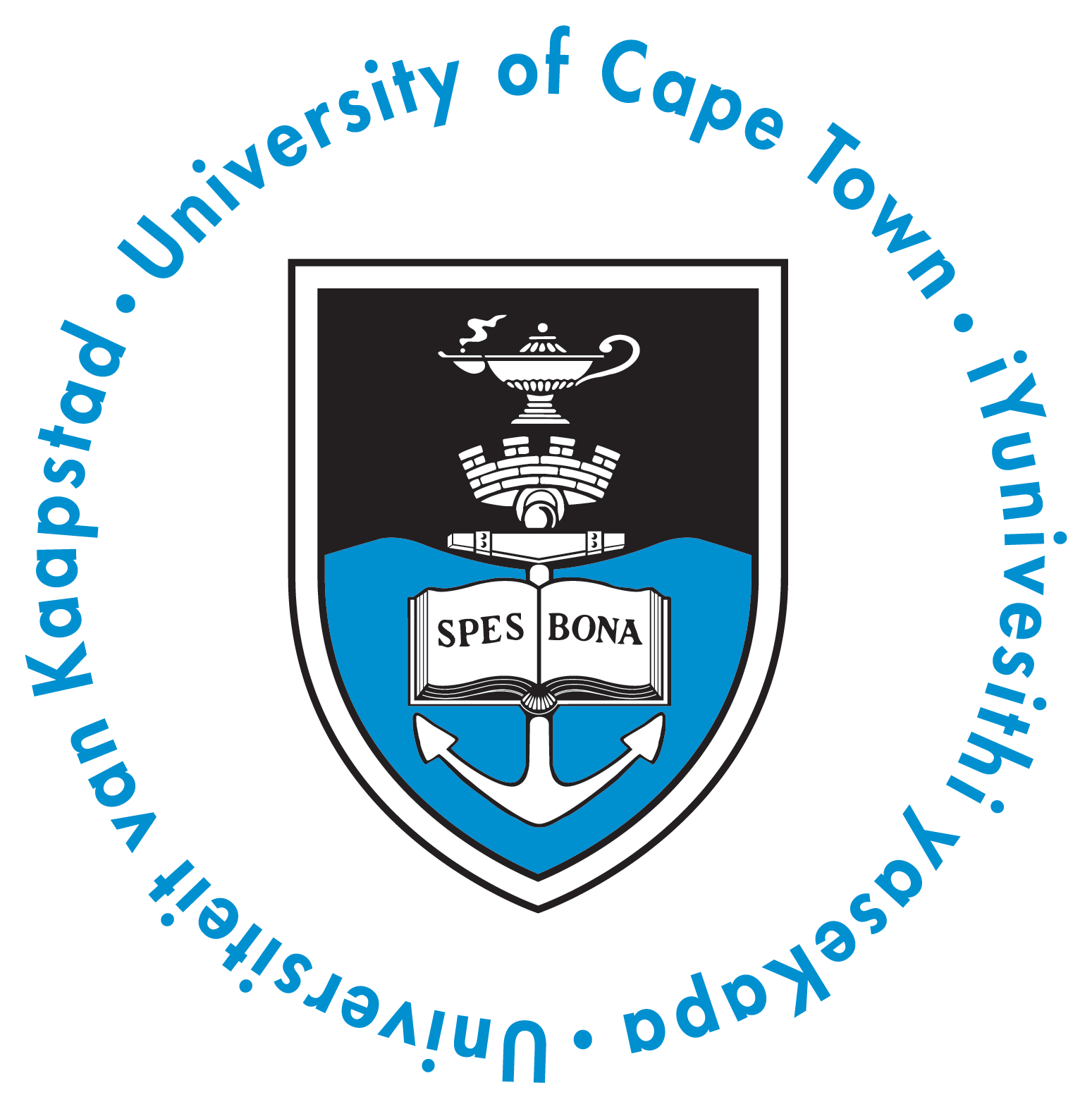Timeline of Jewish life in Laingsburg
1878: The railway reaches Laingsburg.
1881: The town is laid out.
1880s: Eastern European Jews who had started to arrive in Cape Town begin to settle in the town and farm in the surrounding areas.
1890s: David and Jacob Adamstein were among the first to settle there and established a general dealer’s store.
1897: David Adamstein’s leadership qualities were recognised early and he was appointed onto the newly-formed Laingsburg Village Management Board, and then onto its local council when it became a municipality in 1904.
1899: Other Jews, including Morris Cohen and Abraham Groll, a tailor, were living there.
1900: Jacob and David Adamstein established the Laingsburg Hebrew Congregation with 25 members.
1900s: Early in the 1900s Max and Phillip Buch, and Louis Helman, arrived.
1903: The community acquired land for a cemetery, established a Chevra Kadisha and opened a synagogue, which the Adamstein brothers equipped with a gate and railing, Israel Zacks with fencing material, Abraham Groll with a memorial tablet and Mr Guik with siddurim and bibles.
1908: The first minister, Rev AM Jacobs, was appointed.
1911: The community established a Zionist Society, which held a memorial service for Theodore Herzl.
1912: The Zionist Society united with the Laingsburg Philanthropic Society (read more about this on the Activities page).
1919: The community asked the local school board to excuse Jewish children from religious classes. With help from the Jewish Board of Deputies, they managed to scrape together sufficient funds to repair the windmill that supplied water to the synagogue and the mikveh; two years later they bought a new windmill.
1920: The flood-damaged cemetery had to be restored.
1920s: The community was at its peak, but afterwards dwindled rapidly as Jewish families moved on to more promising places.
1922: They approached the Standard Bank for an overdraft for the synagogue.
1924: The Chevra Kadisha Burial Society bought twelve burial prayer books, which might have been an indication of how many people there were who could attend funerals.
1930: H Solomon donated money for a water tank to supply the mikveh. There was little antisemitism in Laingsburg in the 1930s.
1930s: The last Jewish wedding took place.
1946: An announcement in The Zionist Record, Friday November 15, states: LAINGSBURG HEBREW CONGREGATION WANTED SHOCHET, BAAL TEFILLAH AND TEACHER. Applications are invited for the above post. Salary £30 per month plus free house (married man preferred). Apply, giving particulars of qualifications to: THE HON. PRESIDENT, Laingsburg Hebrew Congregation, Box 55, Laingsburg, Cape Town. So they were still going.
1947: It seems they were unsuccessful, as the following year only Abraham Groll, the chairman, and Louis Helman were attending services on Friday evenings. There was no longer a minyan or a minister, but even though there were only five families living there six years later, they still regarded themselves as a congregation.
1962: Several Jewish families still lived and worked in the area, but the shul building was given over to the municipality. (See more on the Synagogue page.)
1981: On 25 January, after a cloudburst to the north-east, a roaring wall of water about 6 metres high hit Laingsburg and swept away everything in its path. The flood claimed 104 lives, including that of a Jewish citizen, Alfred Goodman, who was drowned in his house on the banks of the river. The Jewish Board of Deputies’ Country Communities Rabbi and the HOD repaired the graves that were damaged in the flood. (Read more about the flood on the Articles page.)



